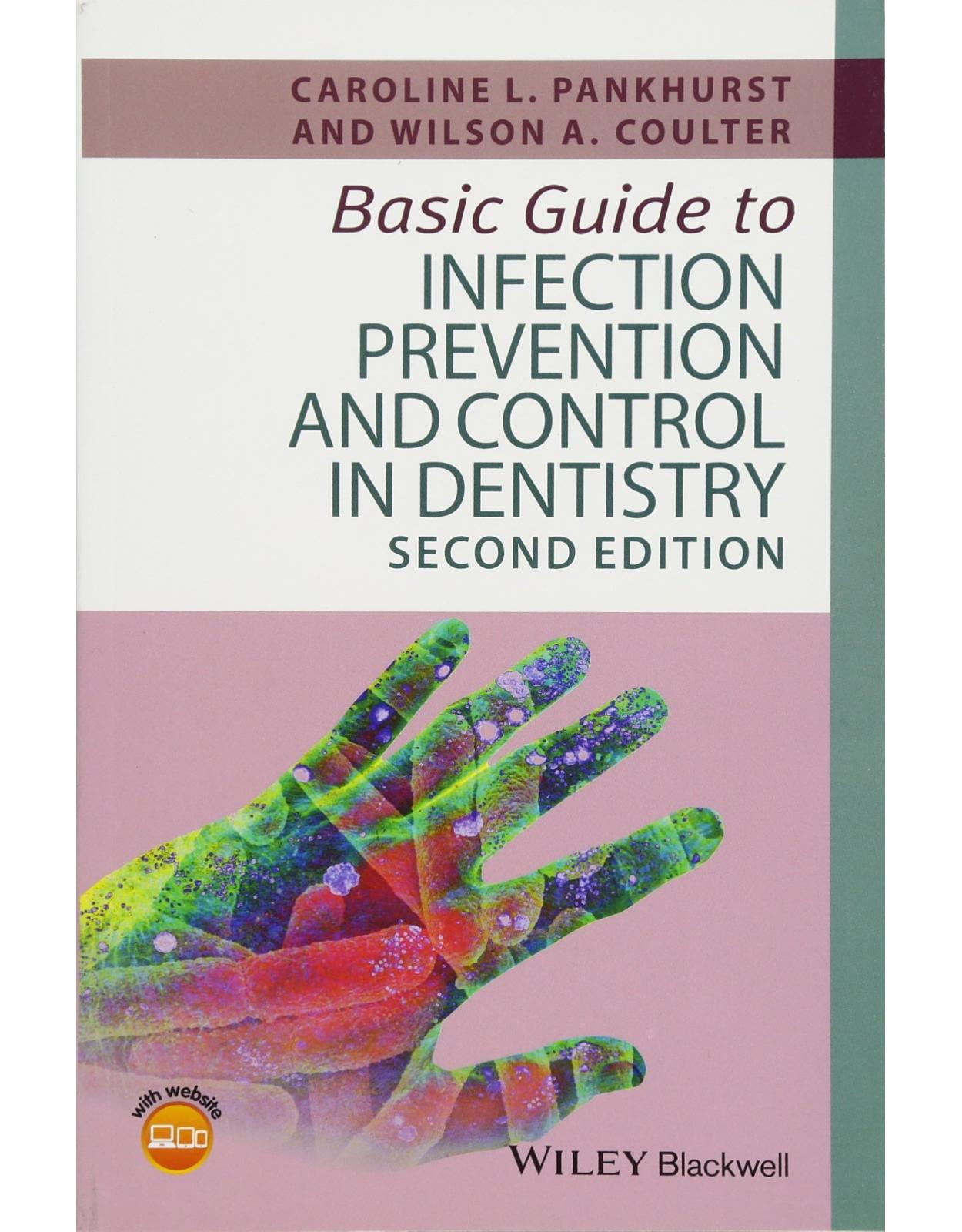
Basic Guide to Infection Prevention and Control in Dentistry
Livrare gratis la comenzi peste 500 RON. Pentru celelalte comenzi livrarea este 20 RON.
Disponibilitate: La comanda in aproximativ 4 saptamani
Editura: Wiley
Limba: Engleza
Nr. pagini: 240
Coperta: Paperback
Dimensiuni: 14.99 x 1.27 x 22.61 cm
An aparitie: 14 April 2017
DESCRIPTION:
A practical step-by-step guide for all members of the dental team
Thoroughly updated, this new edition ensures all members of the dental team are up to speed on the practical aspects of infection prevention and control. It provides step-by-step guidance on the safe running of a dental practice, clear and concise explanations of the key issues and concepts, an overview of the evidence base, and coverage of legal and regulatory issues about which all staff members need to be aware. With more colour photographs and illustrations than the first edition, it also includes appendices full of useful practical and clinical information, and a companion website offering helpful instructional videos and self-assessment questions.
Key topics include communicable diseases, occupational health and immunization, sharp safe working, hand hygiene, personal protective equipment, disinfection of dental instruments, surface decontamination, dental unit waterlines, clinical waste management, and pathological specimen handling.
An indispensable working resource for the busy dental practice, Basic Guide to Infection Prevention and Control in Dentistry, 2nd Edition is also an excellent primer for dental students.
TABLE OF CONTENTS:
Foreword viii
Preface ix
Acknowledgements x
About the companion website xi
1 Essentials of infection control 1
Why do we need infection control in dentistry? 1
Relative risk and risk perception 2
Risk assessment and the management decision]making process 3
How to perform a risk assessment in a dental practice 4
Hierarchy of risk management control 6
Infection control and the law 7
Legal acts under which dental practice is conducted 8
Published standards and guidance 12
Team approach to prevention of infection 13
2 Communicable diseases in the dental surgery 16
How infections are spread 16
Reservoirs and sources of infection 18
Infectious diseases by route of infection in dentistry 19
Infectious disease by route of transmission in the dental surgery 20
Emerging and re]emerging pathogens 28
3 Occupational health and immunization 34
Occupational health hazards 34
Building a culture of safety 35
Organizing staff health in a dental practice 37
Immunization requirements for dentistry 39
Protecting women of childbearing age 39
Occupational vaccines to protect against hepatitis and TB 43
Health checks and the consequences of blood]borne virus infection 46
Health clearance 47
Duty of care to patients 50
4 Sharp safe working in the dental surgery 53
Why sharps prevention is important 53
When do sharps injuries occur? 55
Preventable sharps injuries 56
How to avoid a sharps injury 56
Managing sharps injuries and splashes 60
Occupational health risk assessment for BBV exposure 62
Management of hepatitis C exposures 62
Postexposure prophylaxis for HIV and hepatitis B 64
Recording of sharps injuries 66
Clinical governance and accident risk assessment 66
5 Hand hygiene 68
Hands as a source of infection 68
Hands as a source of hospital]acquired infection 69
Hand hygiene and teamworking 70
Hand hygiene technique 76
Hand care and prevention of dermatitis 82
6 Personal protection for prevention of cross]infection 85
Why we wear personal protective equipment 85
The role of gloves 86
Choosing a suitable glove for the task 88
Managing an allergy to NRL gloves 88
Managing latex allergies in patients 90
Masks and when to use them 91
Protective eyewear and visors 95
Protection during cardiopulmonary resuscitation 97
Tunics and uniforms 99
Protective barriers – plastic aprons and surgical gowns 102
7 Sterilization and disinfection of dental instruments 105
Decontamination cycle 105
Why has cleaning become so important? 106
Legal requirements and technical standards for decontamination 107
Where should instrument decontamination take place? 110
Design of dedicated decontamination units 110
Purchasing of dental equipment 117
Cleaning of dental instruments 118
Disinfection of dental handpieces 121
Mechanical cleaning with an ultrasonic bath 124
Thermal washer disinfectors 126
Instrument inspection 130
Dental instrument sterilization 130
Suitability of sterilizer for different loads 130
Sterilizer installation and validation 131
Steam purity and maintenance of water reservoir chamber 132
How do you know your sterilizer is working? 133
Loading the sterilizer 138
Storage of wrapped and unwrapped instruments 138
Single]use items 142
Variant CJD and rationale for single]use items 144
Disinfection of heat]sensitive equipment and hard surfaces 144
Disinfection of dental impressions 146
8 Dental surgery design, surface decontamination and managing aerosols 148
Dental surgery design 148
Survival of microbes on surgery surfaces 153
General cleaning 154
Surface decontamination in the dental surgery 156
Management of aerosols and splatter 162
Managing large blood or body fluid spillages 164
9 Management of dental unit waterlines 167
What are biofilms? 167
Risk to staff and patient health from dental unit waterlines 168
Methods to reduce the biofilm 173
Control of legionellae in the dental practice water supply 180
10 Healthcare waste management 182
Legislation on hazardous waste disposal 182
Types of waste 184
What is hazardous waste? 185
Clinical waste segregation and classification 189
Amalgam waste and installation of amalgam separators 193
Mercury in the environment 193
Disposal and handling of hazardous waste in the surgery 195
Safe handling of clinical waste prior to disposal 197
Bulk storage of waste for collection 197
Transport of hazardous waste 198
Benefits of waste segregation 198
11 Transport and postage of diagnostic specimens, impressions and equipment for servicing and repair 201
Legal framework 201
Collecting specimens 202
Transport of specimens to the laboratory 203
Transport restrictions 204
Fixed pathological specimens 205
Transporting impressions 206
Equipment to be sent for service or repair 206
Appendix 208
Table A.1 Daily infection control clinical pathway 208
Table A.2 Decontamination methods for specific instruments and items of dental equipment 211
Table A.3 Examples of hand and hard surface disinfectants and dental unit waterline biocides 214
Index 217
| An aparitie | 14 April 2017 |
| Autor | Caroline L. Pankhurst , Wilson A. Coulter |
| Dimensiuni | 14.99 x 1.27 x 22.61 cm |
| Editura | Wiley |
| Format | Paperback |
| ISBN | 9781119164982 |
| Limba | Engleza |
| Nr pag | 240 |

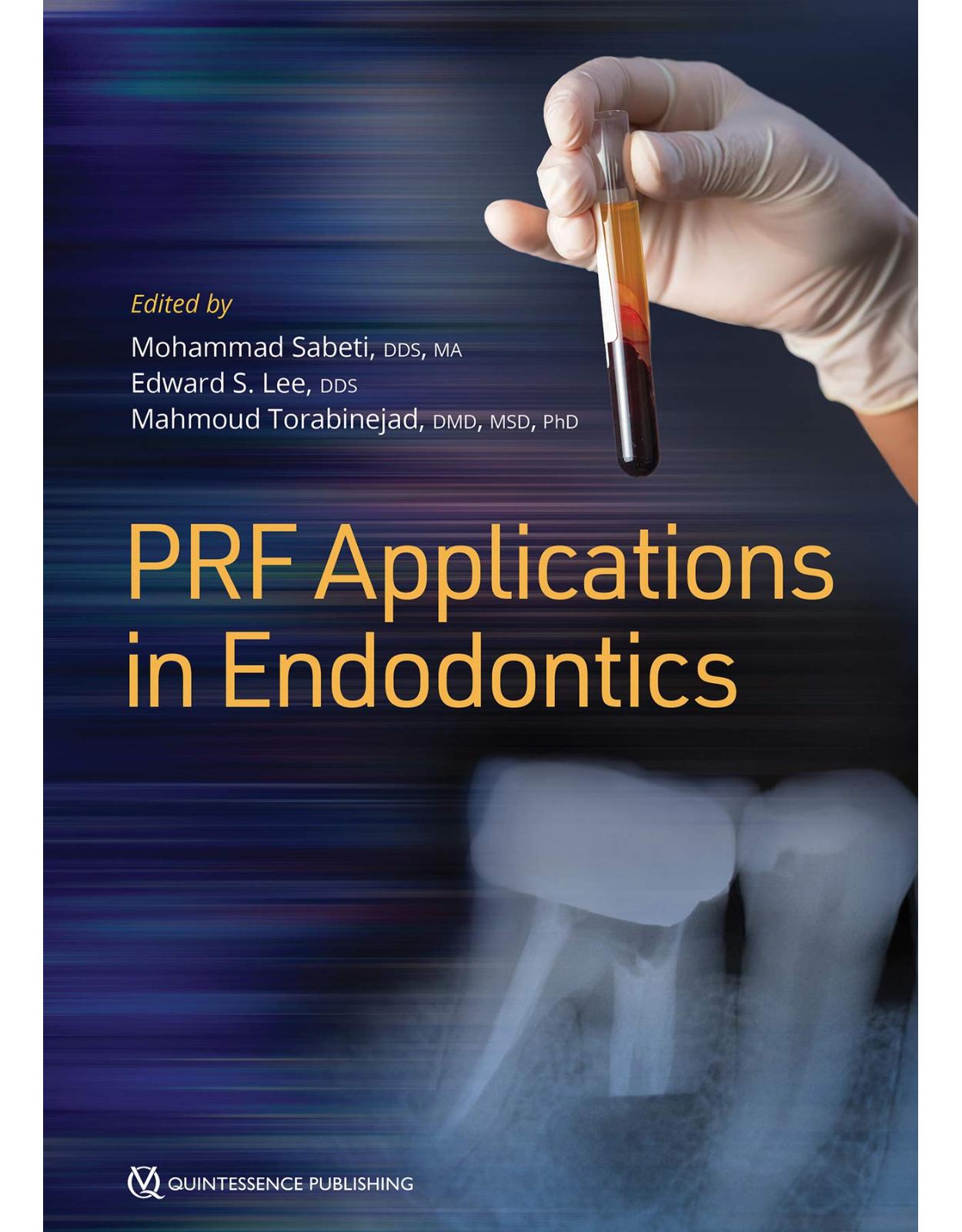
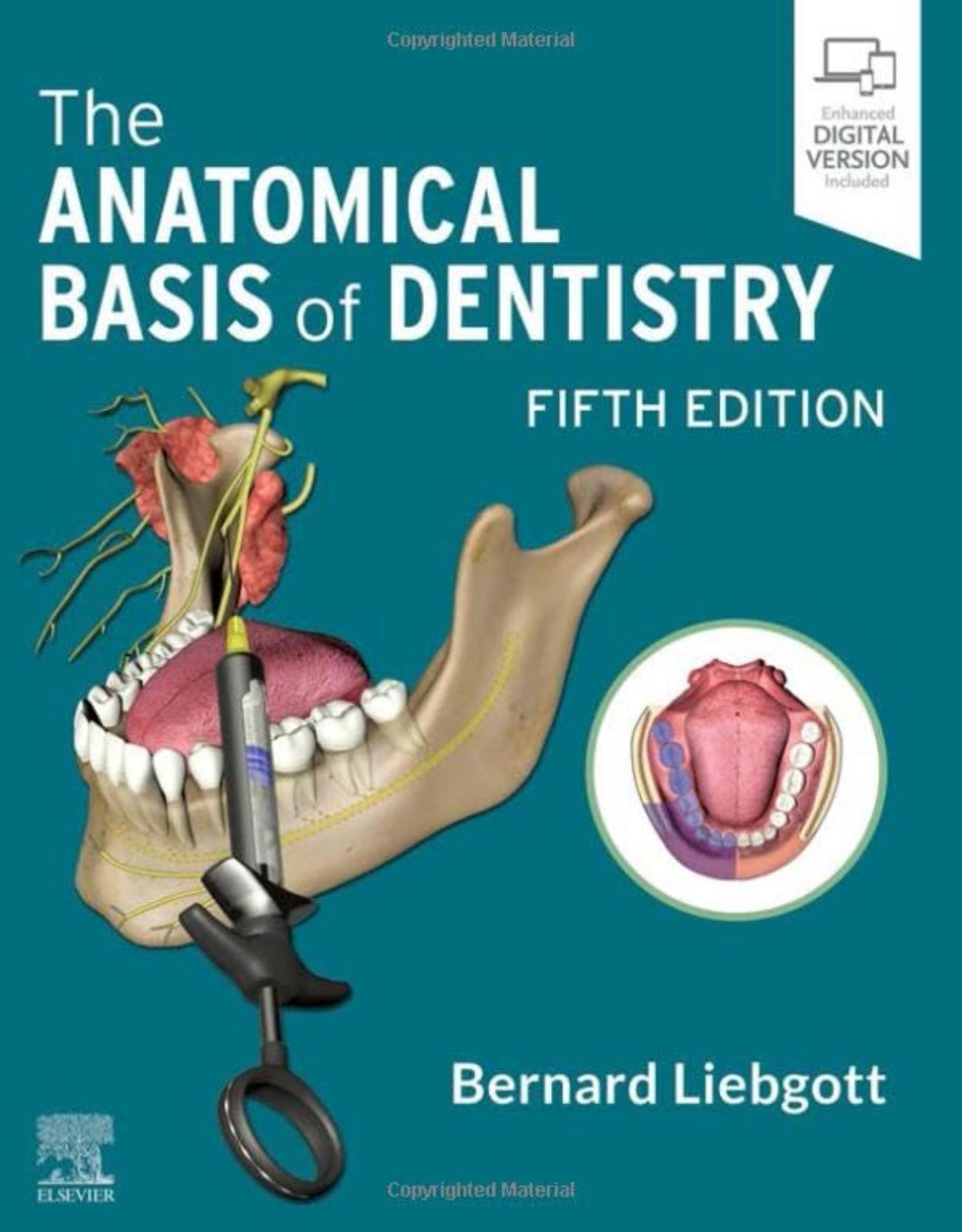
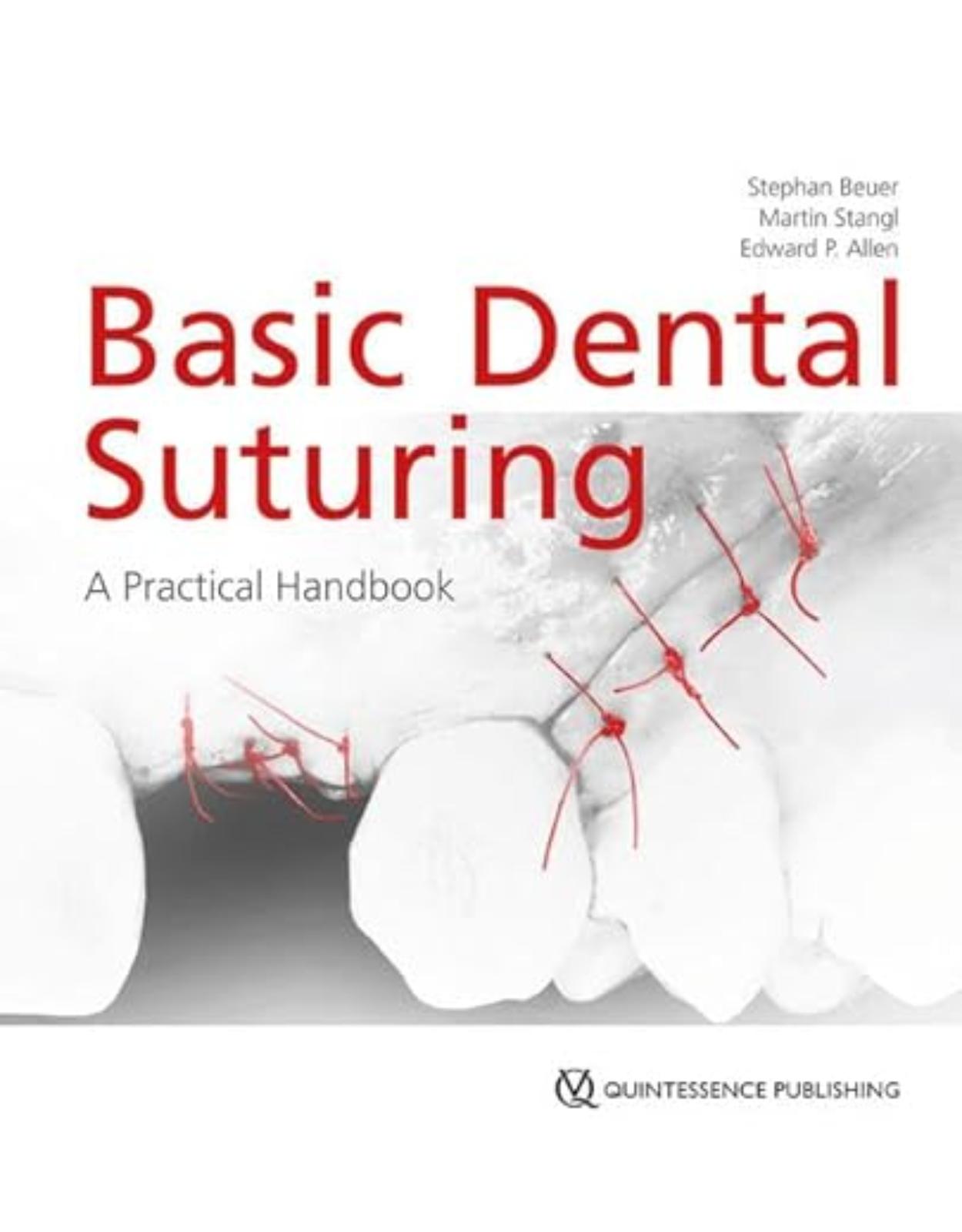
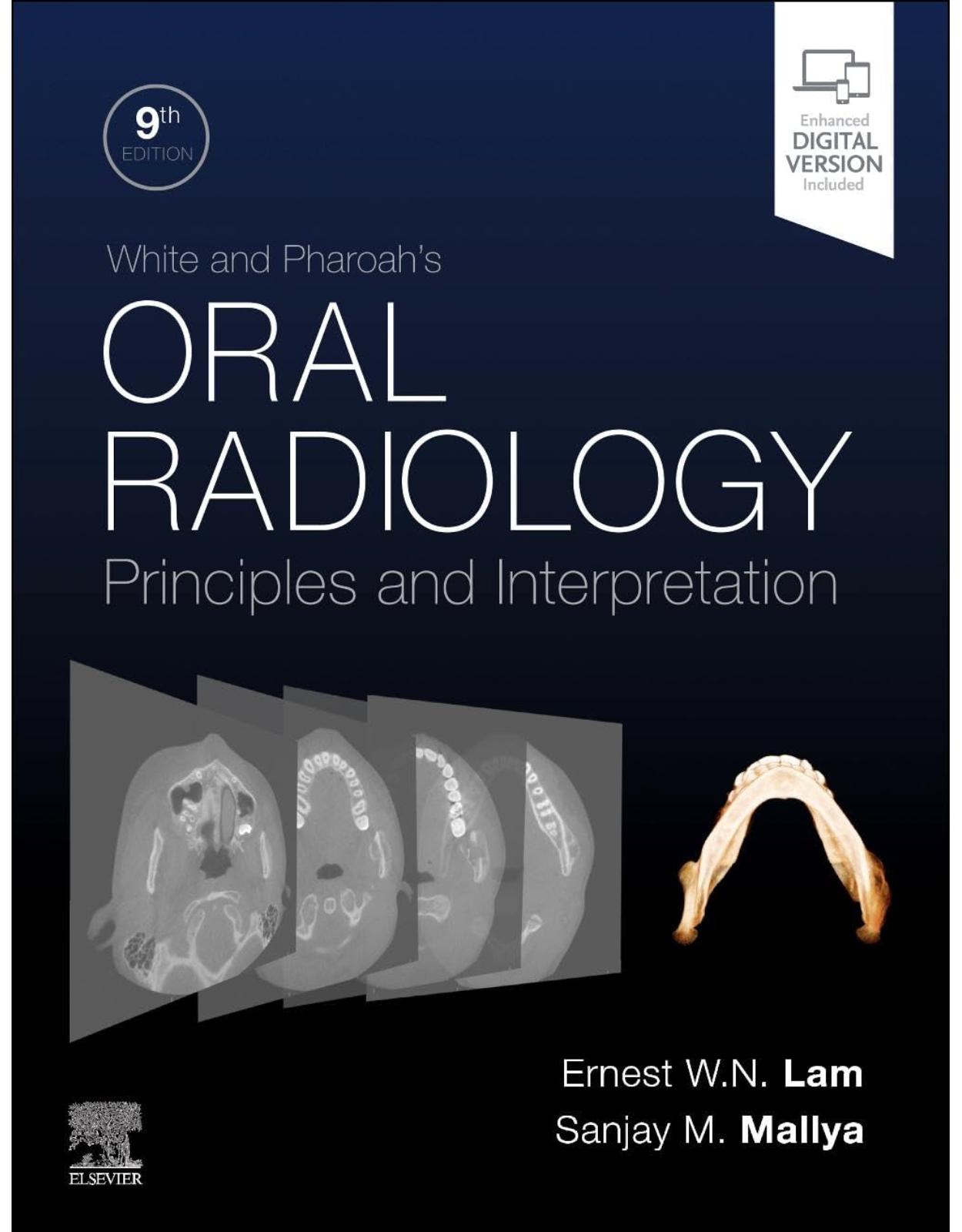
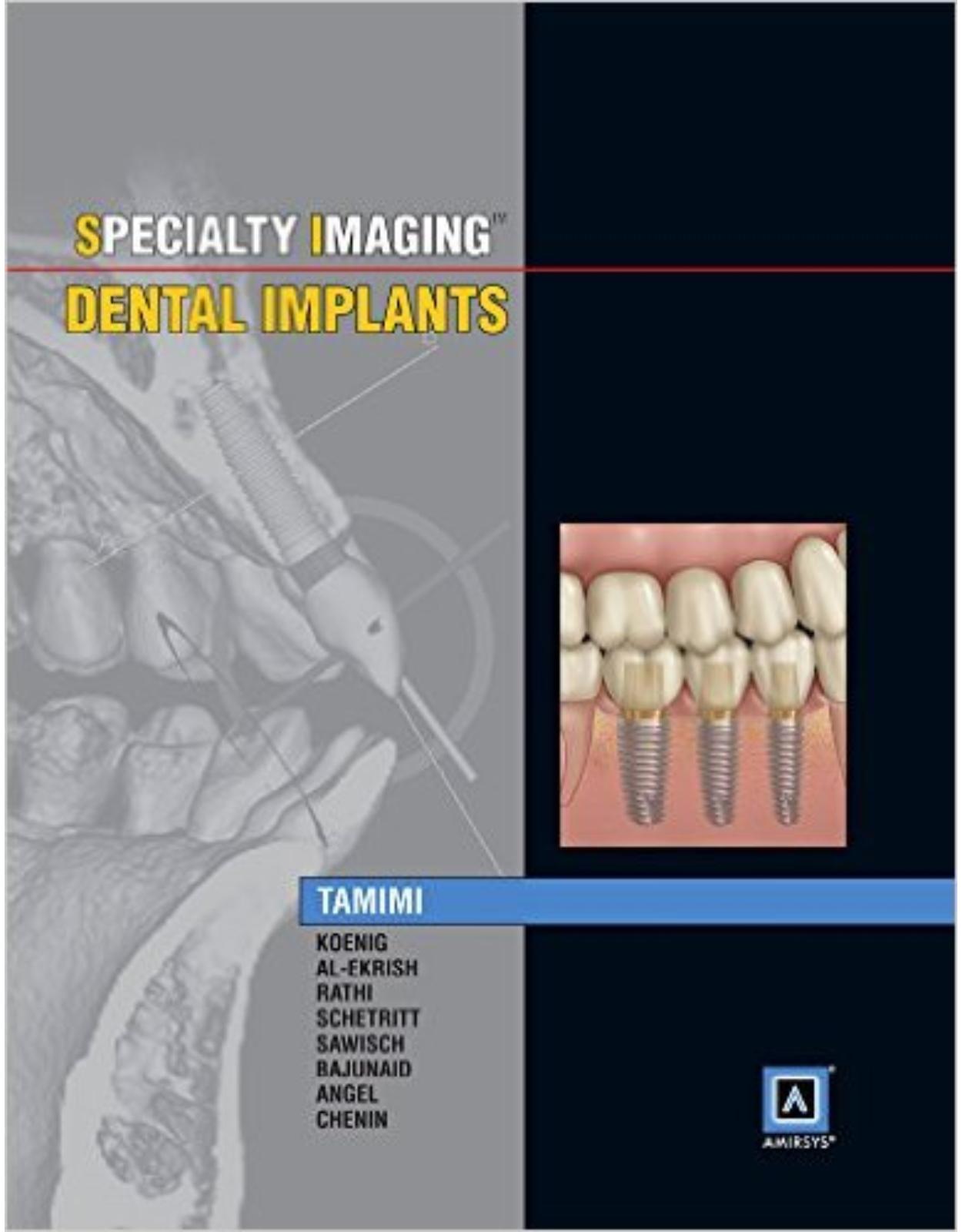
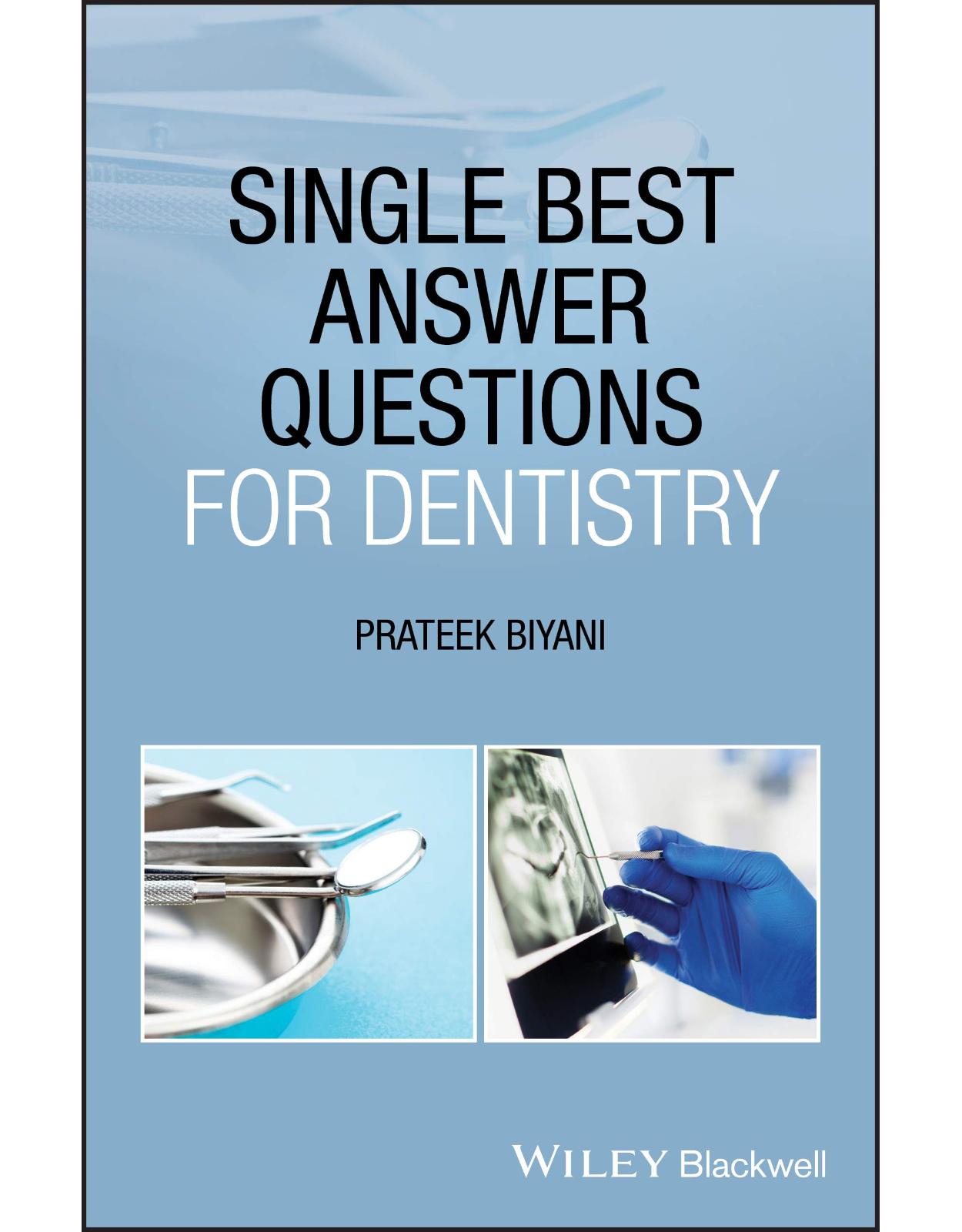
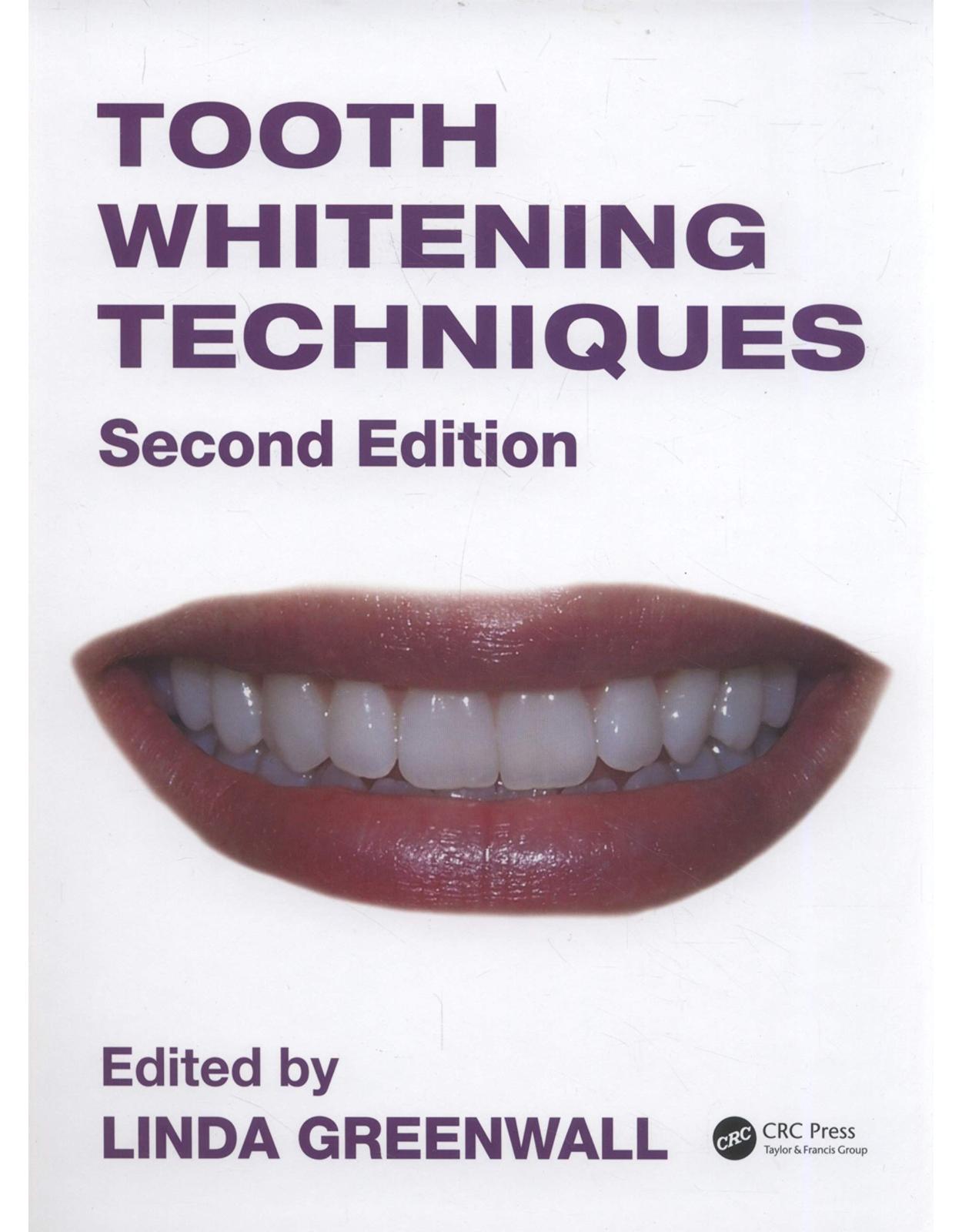
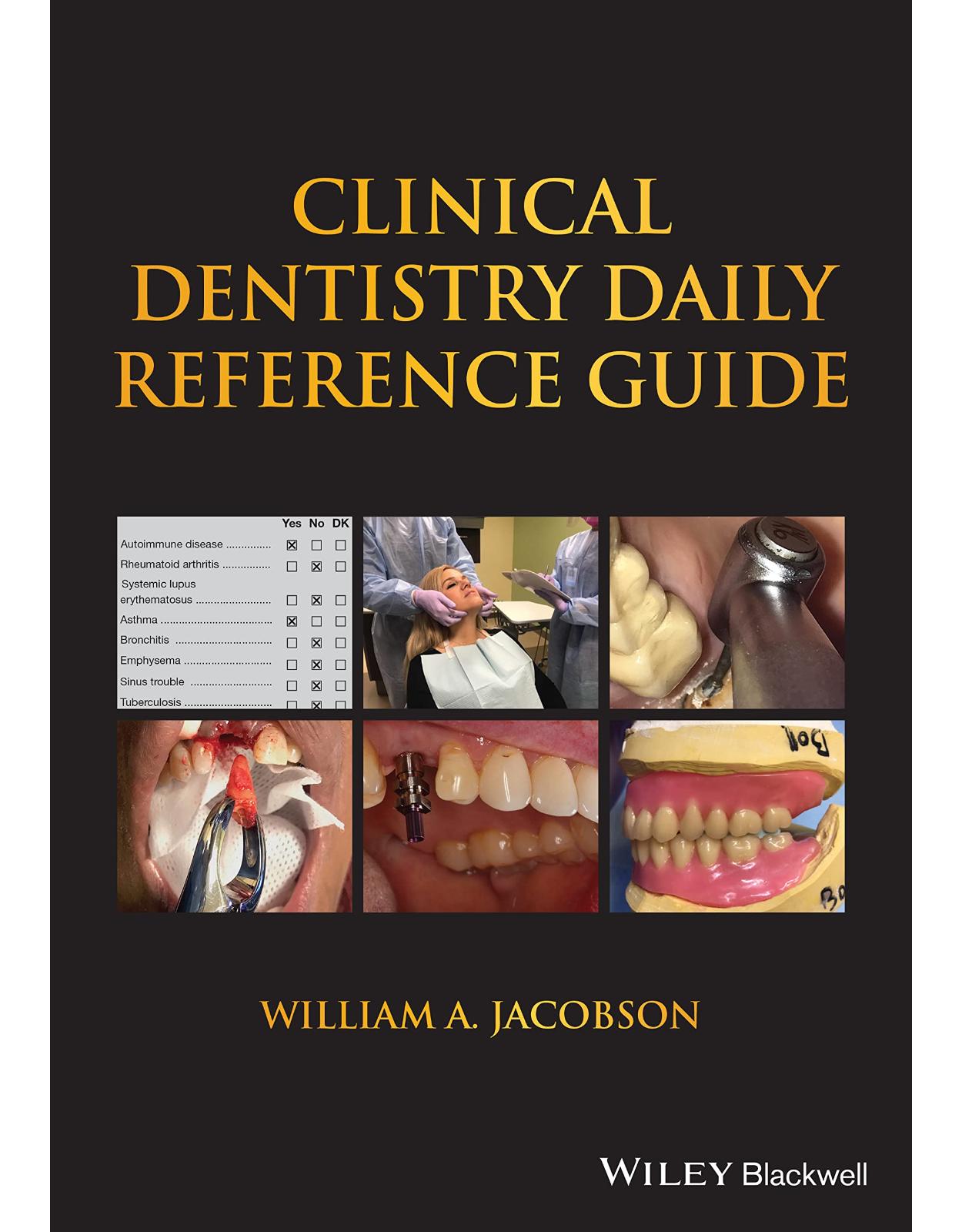
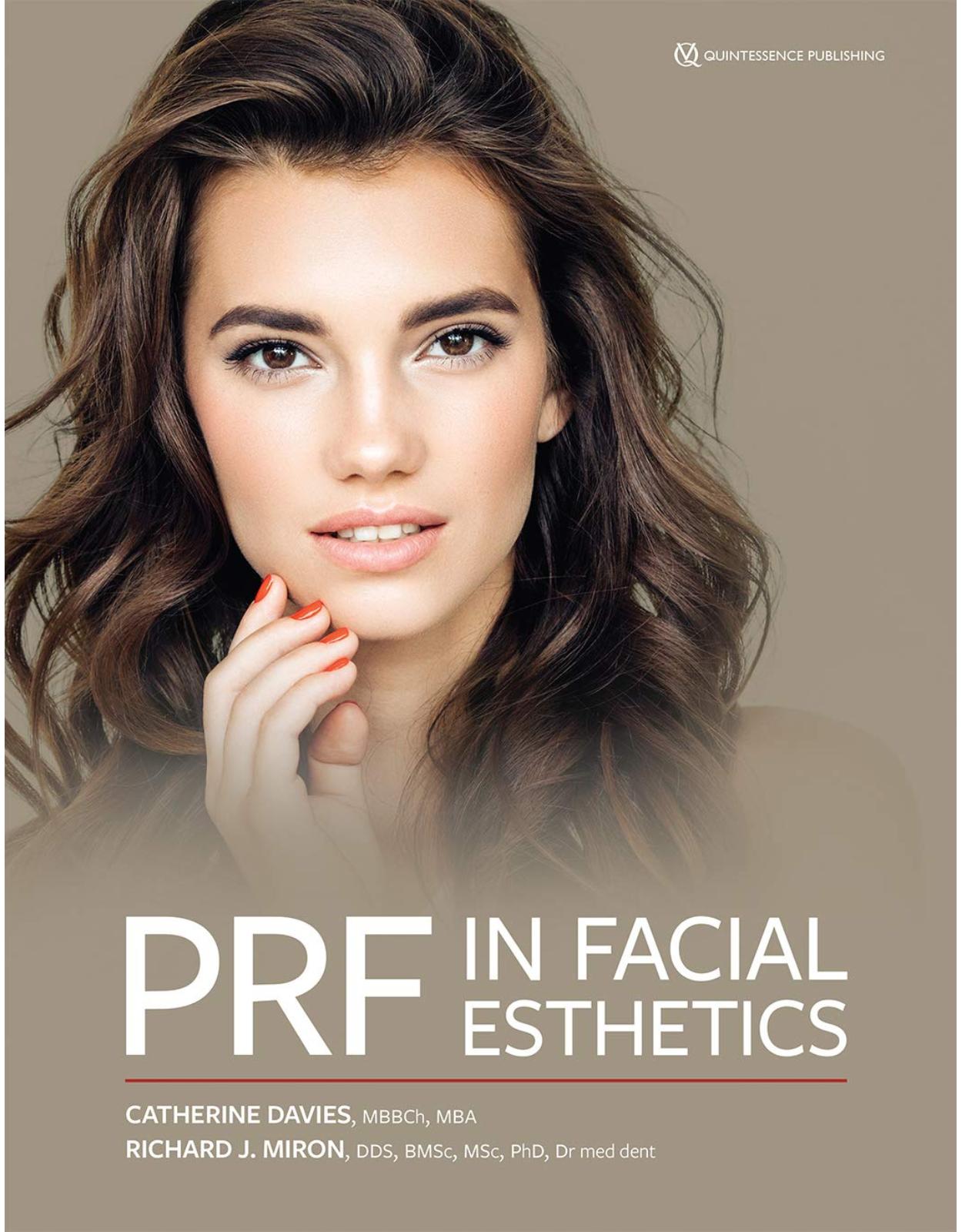
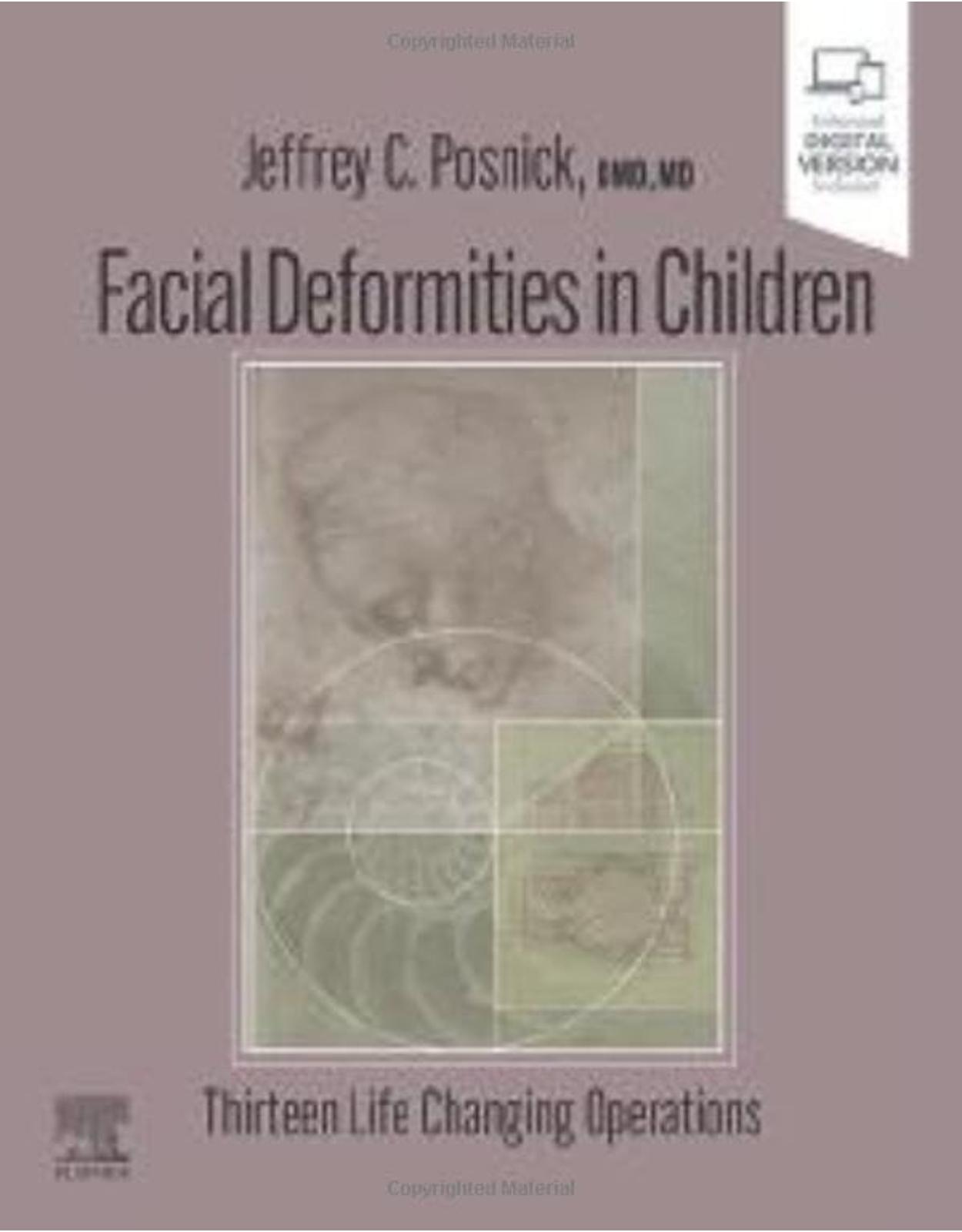
Clientii ebookshop.ro nu au adaugat inca opinii pentru acest produs. Fii primul care adauga o parere, folosind formularul de mai jos.